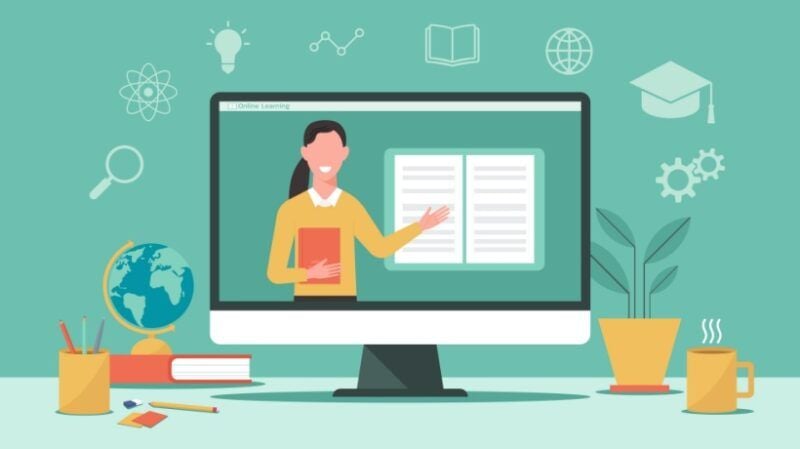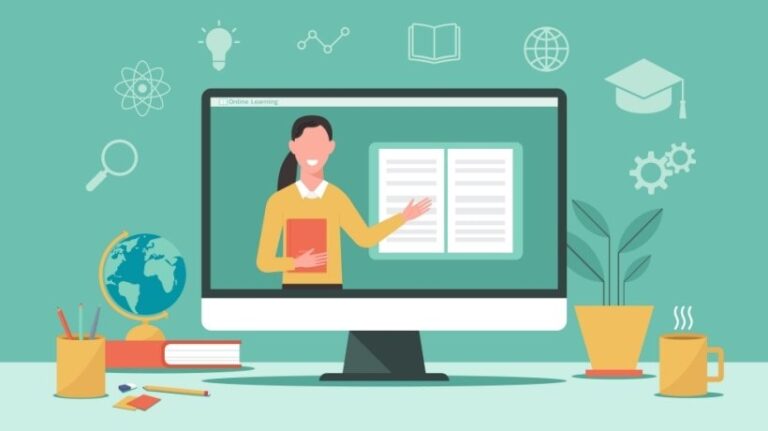
Finish the learning gap with online tutoring
When schools moved to remote learning, it wasn’t just a lesson plan, it was someone who could actually catch up. Some students had high-speed internet, quiet desks, and parents that allowed them to troubleshoot technical issues. Others were trying to learn over the phone and share Wi-Fi with their siblings.
The gap that never disappeared
These early differences did not magically disappear when the classroom resumed. Teachers still see it today. Some students have a strong academic foundation and continue to move forward, while others continue to struggle and fall behind. It’s not just a lack of content. It’s confidence, participation, and how students view school.
For some, the pandemic has created a prolonged sense of academic anxiety. Even after returning to normal schedules, they still hesitated to approach new topics and worried they might fail before they could begin. Teachers realized that these students may need extra encouragement just to try the problem. Without targeted help, these fears get worse over time, turning small learning gaps into larger obstacles. Addressing these emotionally-based barriers is just as important as teaching the academic material itself.
Why does one-to-one digital tutoring work?
Many school districts have turned to online one-on-one tutoring to bridge these gaps, and that works for a reason. Individualized instruction allows for customized, intensive attention. One student, one private tutor, Zero’s distraction. Parents compare and compare different tutoring approaches, flexibility, interaction styles and outcomes before choosing the one that’s best for their children.
Mathematics is one of the top themes that shines through as mathematical concepts are constructed against each other. It lacks one step, such as fractional and algebra basics, so you can feel overwhelming the lessons you learn in the future. Personalized online math tutors give students the opportunity to stop, rewind and ask questions that are so tense that they can’t raise in their class at the end.
Tutors can also adapt to each student’s preferred learning style, such as visual diagrams, step-by-step verbal explanations, or interactive problem-solving. This flexibility is often something that a large classroom cannot offer. Over time, students not only catch up with missed skills, but also develop stronger problem-solving habits and become more independent learners in the long run.
Case Study: Springfield, Missouri
In Springfield, Missouri, one middle school piloted a digital tutor for struggling mathematics students. After just eight weeks, the effects were noticeable. Teachers reported higher grades, better assignment completion, and visible changes in student attitudes. Once quietly sitting, the kids raise their hands in class to show that they don’t just catch up. They were confident.
Bridging digital disparities
Of course, individualized tutoring only works if the student is actually able to log in. Digital disparities (the go-to-access to the internet and devices) still carry challenges today.
Some homes do not have high-speed internet. Even if the device is available, not all families feel comfortable navigating the online learning platform. Therefore, some schools pair individualized instruction with digital literacy support. It teaches both students and parents how to use technology effectively. For families supporting home learning, familiarity with the topic of education can help parents feel ready to guide their children’s education.
The district also holds “Tech Nights.” This hosting allows families to participate in tutoring sessions, manage logins, and learn how to troubleshoot common issues. Close the gaps isn’t just about handing out laptops. It’s about helping families view technology as a learning tool rather than just entertainment.
In rural areas where distances help make in-person access more difficult, some schools convert libraries, community centres and even school buses into mobile Wi-Fi hubs, allowing students to learn quiet, connected spaces. These creative solutions are not just to bridge digital disparities, but to design access to the realities of students’ lives, not just technology.
Build confidence along with skills
One of the greatest benefits of online tutoring is the boost in confidence it brings. Students get a safe space to ask questions, make mistakes, and try again without fear of what their classmates are watching. This confidence often flows into the classroom. Students who once hesitated to try math problems begin volunteer answers. They stop skipping assignments and start looking at learning as something that can be handled.
The district is paying attention and expanding individualized instruction beyond mere crisis recovery. Summer mathematics programs and targeted algebra support are becoming more common as we know that early intervention will prevent major academic hurdles later.
Parents also notice changes. For some, changing children’s mindset is just as valuable as improved grades. And if affordability is a concern, knowing the math tutoring costs and the amount of available resources will make planning easier [1].
Interestingly, some students report that the biggest change from tutoring is not only in mathematics achievements, but also in how they approach challenges in other areas of life. When they realize they can tackle something they once thought was “too difficult”, that change in mindset can be carried over into sports, hobbies, and future career aspirations. This ripple effect is one of the most powerful and lasting effects of consistent one-to-one support, moving around from academic recovery to personal growth.
Common efforts for the future
Online tutoring is not a magical fix, but when combined with efforts to close digital disparities, it assesses the arenas of students who fell behind during remote learning. This is not just about improving your score. It involves restoring confidence, rebuilding skills and giving all students the belief that they can succeed. In some cases, tutors even induce new love for learning.
The pandemic may have revealed digital disparities, but schools, families and communities now have the opportunity to reshape how students access support. Investing in personalized tutoring, equitable high-tech access and digital literacy training ensures that all students have the tools to succeed.
References:
[1] How much does it cost to teach mathematics in the United States? Parents’ Guide for 2025


